Bonkers Bōsōzoku
Japanese car culture has always fascinated me. One thing that always caught my eye were these slammed, widened and colourful cars with exhausts that touched the sky. I now know that this is known as Bōsōzoku style. But Bōsōzoku is quite a hard style to define, as it is not really a style, it is more of a culture. After countless hours of research, I have learnt about gangs, cars and Aloha shirts that all make up this thing called Bōsōzoku. And now I will try and pass on that knowledge to you.
Posh academic papers always start with a bit etymology, so in a vain attempt to sound mildly knowledgeable I will do the same. Bōsōzoku translates as ‘violent running-tribe’. The term Zoku means tribe and/or clan and is often used as a suffix to subcultures within Japan. There are a number of Zokus in car culture, ranging from highway racers (Roulette-zoku or Circuit-zoku), drag racers (Zeroyon-zoku), drifters (Dorifto-zoku), Vanners (Vanning-zoku), Touge battlers (Rolling-zoku) and of course Bōsōzoku. These all sound a lot cooler than the sub-cultures I grew up with at school, you were either a Greebo, Chav or Townie.
But Bōsōzoku has its roots in two wheels, not four. Initially the word was Bōsōzoku used to describe the motorcycle gangs that sprang up in the rapid automotive industry expansion of the 1950s. The Bōsōzoku rode bikes, with protruding fairings, rear seat backs bigger than Beckham wedding thrones and exhausts with no mufflers. Riders would weave in and out of traffic recklessly down city streets in large groups whilst bouncing their engines off the limiter.
All of this was done as a social reaction about the new wave of consumption sweeping Japan and as a sign of resentment of the affluence of society. Their bikes and the visual and aural statement they made gave the Bōsōzoku the excitement and rebelliousness they desired. The main reason for Bōsō style driving was to overcome or satisfy the need to express frustration or inferiority. Bōsō driving is then not an escape from pressure of life; it is more of an outlet in which these frustrations and emotions can be vented through.
This philosophy then transcended its way onto the cars as the bike gang culture died out over the years. But it doesn’t get much easier as Bōsōzoku car style can be refined into other sub-styles that take inspiration and references from lots of different sources. These are; Grachan, Shakotan, Yankii and Kyusha.
Grachan cars (sometimes spelt Garuchan) are inspired by the awesome JTCC & All Japan Super Silhouette Championship cars from the 70s and 80s. The word comes from the Grand Championship at Fuji Speedway, where the car park was Mecca for Bōsōzoku. They would have large meets in the parking lot and sought inspiration from the Group 5 Super Silhouette cars competing in the Grand Championships at the time. Soon after massive chin spoilers and outrageous aero kits soon started making their way on to the street. Some people will say they are strictly Grachan instead of Bōsōzoku as they wish to avoid the gang association that comes with Bōsōzoku. But a lot of Grachan style makes up a lot of Bōsōzoku car culture.
It wasn’t just race cars that inspired Bōsōzoku style, though. The media had a hand in it too. Anime, Manga and movies had a large part to play in what is know as Shakotan. Shako means “ground clearance” and Tan means “short”, so Shakotan cars are short ground clearance cars. The manga comic Shakotan Boogie, which was later made into a movie, features two brothers driving slammed cars. One of them was a white Toyota Soarer Z10, hence the popularity of that particular car with Shakotan fans. Shakotan cars are more usually slammed with cut coils rather than being able to just buy off the shelf parts. The styles are much more restrained than the wild race car inspired Grachan style.
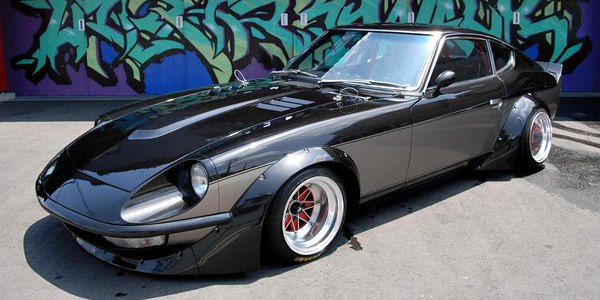
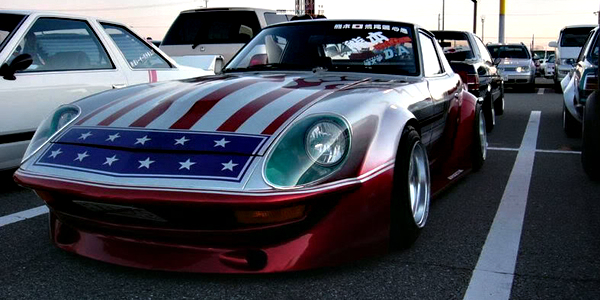
Shakotan Boogie also influenced another branch of Bōsōzoku, Yankii/Yankee/Yanky style. The topic of Yankii style is highly debated. People have filled acres of digital space arguing on forums about how to spell the word. But the reason that Yankii style is hard to define and agree on is that, like Bōsōzoku, it is a lot of things.
In Shakotan Boogie there was a blue (painted yellow later on) Nissan 240 S30Z with widened fenders and “Yanky Mate” in big white letters painted on the hood. People who copied this styling started calling it Yanky style. It is similar to the Shakotan style with the exception of the wide fenders but mostly people call the moderate styled cars Yanky style. Others argue that the term stems from Japanese street culture in the 70s and 80s where in Osaka the fashion was to wear colourful Aloha shirts imitating the rising consumption of the west.
However after reading the book Kamikaze Biker: Parody and Anomy in Affluent Japan by Ikuya Sato, there also seems to be members who helped the Bōsōzoku bike gangs on the street known as Yankees. Yankees wanted to defy popular culture and yet they conformed to some social standards as they followed commercialized trends of the West. They tried to imitate the menacing appearance of the Yakuza but would often wear thin cardigans in black, white and primary colors with a type of thin women’s sandal that made loads of noise to attract attention. Oh, and they had perms, so menacing I am not sure.
But back to the cars, the main thing to take from Yankee culture is that of the streets. Whereas the Bōsōzoku used their bikes to emphasise the thrills of the road, the Yankees stressed the thrills of the streets and this later made its way on to what was known as Yankee/Yankii cars.
Finally there is Kyusha style and Kyusha-kai. This simply translates as Japanese classic car. In a lot of cases this means it is an old car modified with some small fender flares, has been lowered and a new set rims under it. Even within the Kyusha world, there are a number of different styles that encapsulates this sub-culture.
With a lot of European tuning there seems to be a certain to-do list for your car to be classed as a certain style. Within Japan there seems to be a lot freer flowing vibe and personal interpretation into what a style really is. And they range from mild street cars to extravagant builds where you can’t even tell the original model of the car. This is why you see such a diverse collection of GC210 Skylines, Z10 Soarers and infinite varieties of the Toyota GX71 chassis.
So after reading that I am sure you are lost to what exactly Bōsōzoku is. Well it is all of the above. You can take any aspect of the various styles above, be it a massive chin spoiler from the Grachan scene, an external oil cooler from Yankee scene and roll it on cut Shakotan springs and it will all still fall into the parameters of Bōsōzoku, and to me, that is why it is all so cool. Bōsōzoku is not a style, it is a culture.
Words: Rowan Horncastle
Photos: Dino Dalle Carbonare, Manufacturer
This post is sponsored by outdoor clothing specialists Berghaus
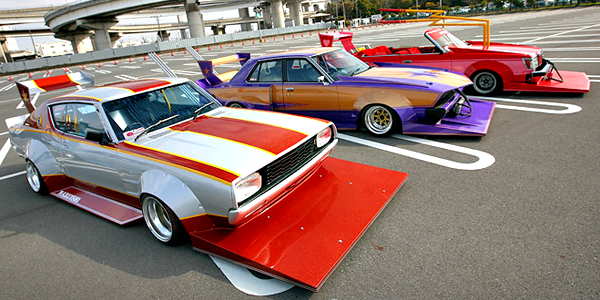
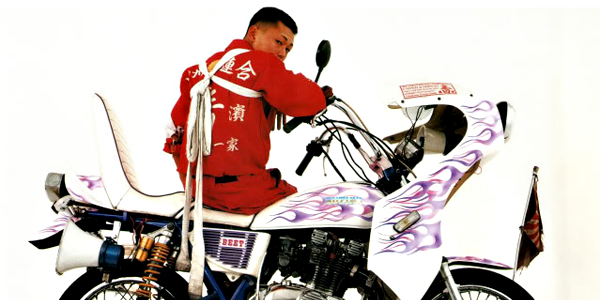
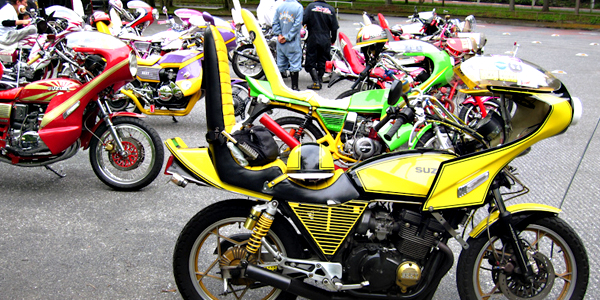
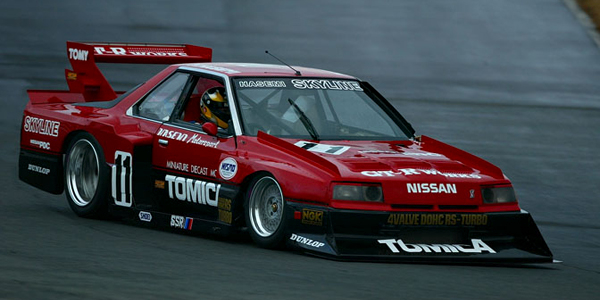
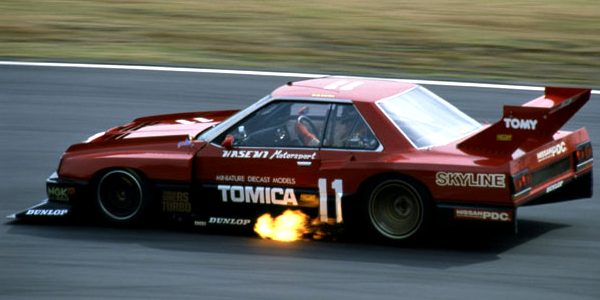
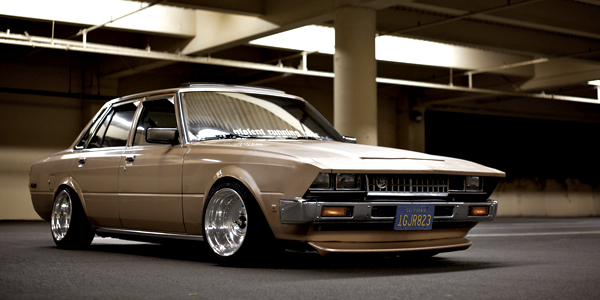
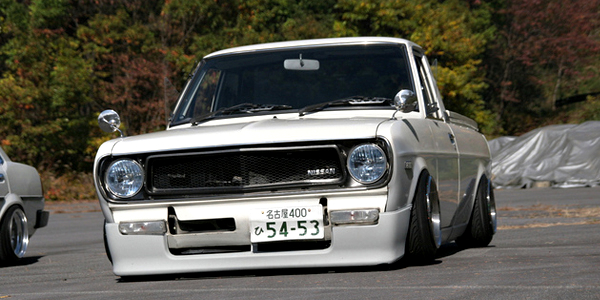
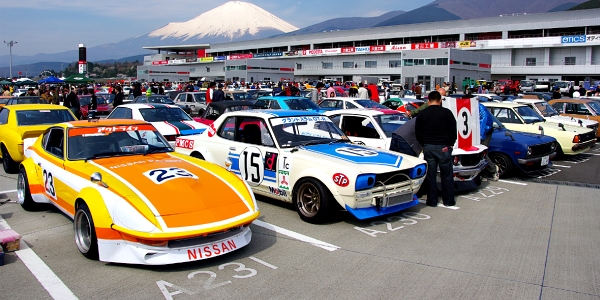
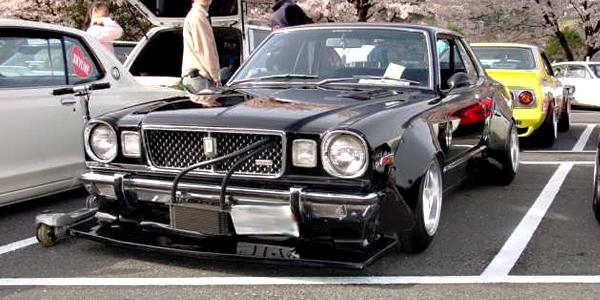
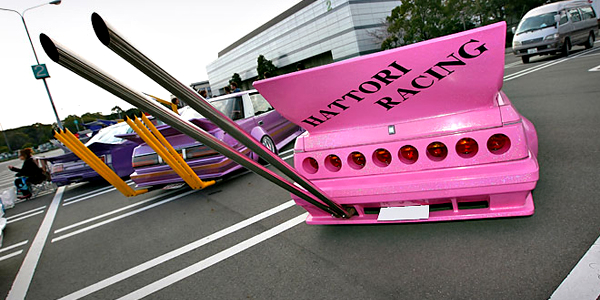
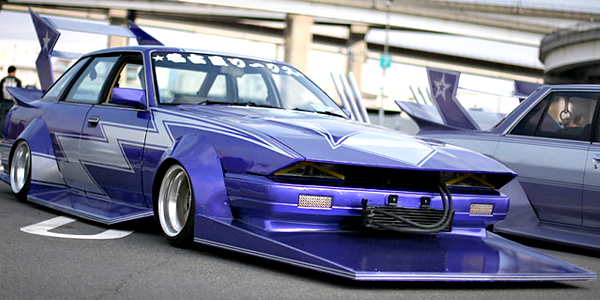
How odd! I have never seen anything like this before, I will now be wasting lots of time looking at images of these!
nice, my dad awyals loved his 96 LT-1 Camaro SS, and I awyals hated putting new plugs/wires and opti-spark on it. he just recently traded it in for a new Camaro SS though
Being a Japanese American, I love these automobiles.
S30Z was widely known as devil Z from the cartoon wangan.
I would love to drive a Yanky style s30z when I retire…these gas guzzling inline 6′s with ground effects
Hi Carrie That’s exactly right. No one is sure why they bnnaed the live bands that used to for many years bring thousands of tourists and locals to the park each weekend. There was some speculation that it was related to the Olympics bid, but that has ended now and the live music ban is still being enforced. Either way, the Japanese government is spending a lot of money to promote tourism, at the same time that the Tokyo government is putting a lot of effort into stopping one of the most popular weekend tourist draws in Tokyo. It’s a sad situation for all involved.
Great list, I did about half of these (1, 3, 4 & 5). Tsukiji was my absolute faitvruoe.I would add that you should visit Harajuku during the weekend, on a rainy Tuesday there were no cool kids to be seen.Some other fun free things in Tokyo:- The Senso-ji temple, not too far from Tsukiji.- Ueno park during cherry blossom season (I was there in the fall, there was a free festival going on too)- Kappabashi dori. Kitchen supply walhalla, fun to just look at as well, has stores with those plastic food displays- Omotesando for the modern architecture of the designer shops.